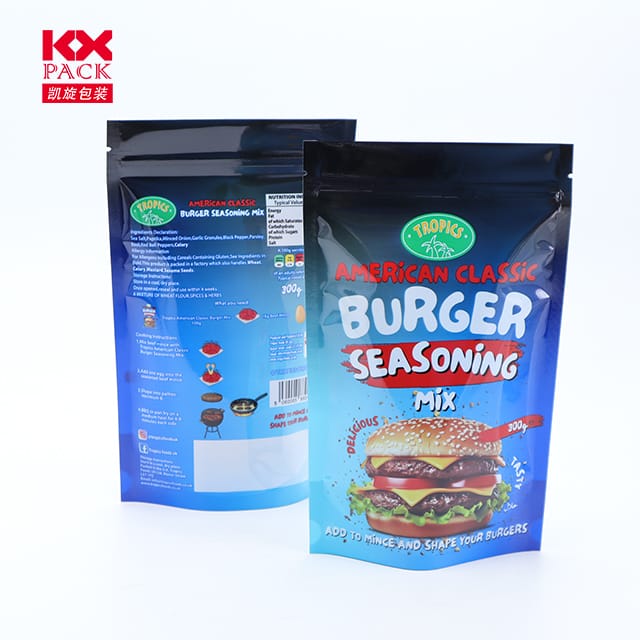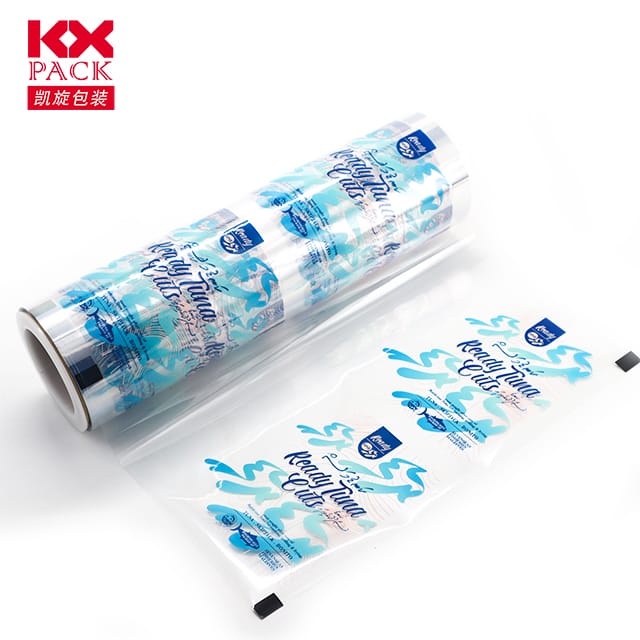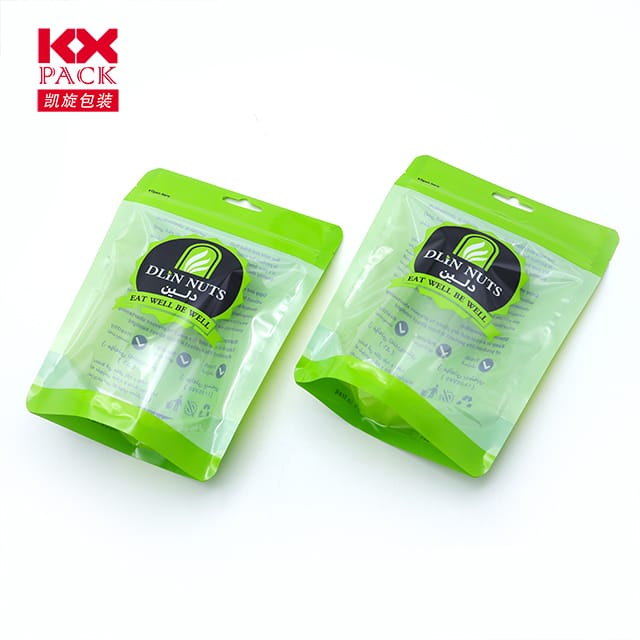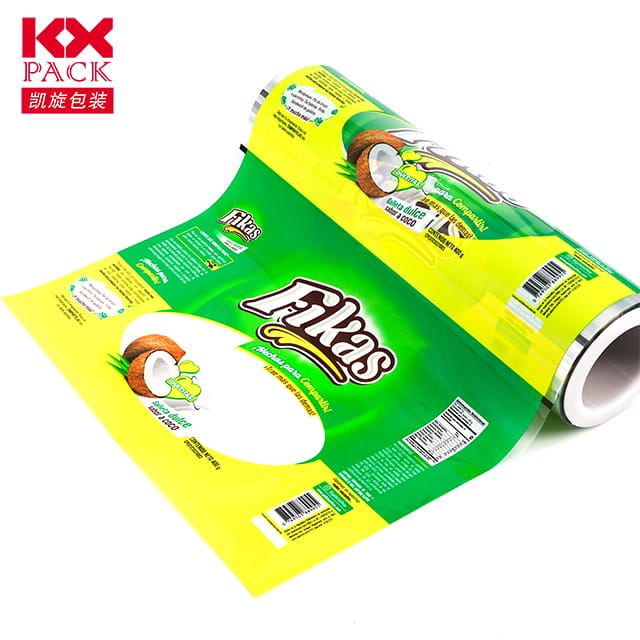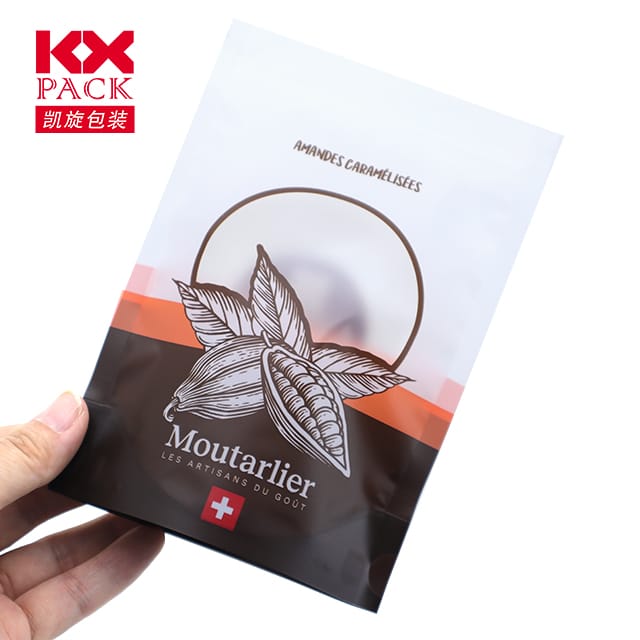La evolución e innovación de la película de plástico de grado alimenticio: Garantizar la seguridad y la sostenibilidad
Película de plástico de grado alimenticio
En la industria alimentaria actual, película de plástico de grado alimenticio se erige como piedra angular de la innovación de envases, Seguridad de equilibrio, funcionalidad, y responsabilidad ambiental. A medida que la demanda global de alimentos envasados aumenta, También lo hace la necesidad de materiales avanzados que protejan los productos sin comprometer la salud o el planeta. Vamos a profundizar en el mundo de las películas de plástico de grado alimenticio: sus tipos, aplicaciones, riesgos, y tendencias futuras.
Qué hace una película de plástico “Grado de alimentos”?
Las películas de plástico de grado alimenticio están diseñadas para cumplir con los estrictos estándares de seguridad establecidos por cuerpos regulatorios como elA NOSOTROS. FDA (Título del Código de Regulaciones Federales 21) y elUE 10/2011 regulación. Estos materiales deben:
- No lixiviar productos químicos dañinos en comida.
- Resistir variaciones de temperatura durante el almacenamiento, transporte, y calefacción.
- Resistir la degradación de ácidos, grasas, o humedad en la comida.
- Ser rastreable Para garantizar el cumplimiento de los protocolos de seguridad.
Los polímeros comunes de grado alimenticio incluyen:
- Polietileno (EDUCACIÓN FÍSICA): HDPE (contenedores rígidos) y ldpe (Películas flexibles, envoltura).
- Polipropileno (PÁGINAS): Contenedores seguros a microondas, bandejas termoformadas.
- Tereftalato de polietileno (MASCOTA): Botellas transparentes, paquetes de ampollas.
- Cloruro de polivinilo (CLORURO DE POLIVINILO): Utilizado con cautela debido a la posible migración de ftalato.
- Alternativas biológicas: PLA (ácido poliláctico) y compuestos basados en almidón para opciones ecológicas.
Aplicaciones clave en el embalaje de alimentos
- Minorista & Envasado de consumo
- Productos frescos: Las películas de LDPE extienden la vida útil al regular el oxígeno y la humedad.
- Lácteos & Bebidas: Las jarras HDPE y las botellas de PET dominan por su durabilidad ligera.
- Comidas listas para comer: Las bandejas de PP soportan el calentamiento de microondas (hasta 120 ° C).
- Industrial & Manejo a granel
- Películas de alta cosrera: Estructuras de múltiples capas (P.EJ., PA/EVOH/o) evitar la entrada de oxígeno para la carne, queso, y café.
- Bolsas flexibles: Las bolsas de pie con cremalleras y boquillas mejoran la conveniencia.
- Usos especializados
- Embalaje de ambiente modificado (MAPA): Las películas ajustan la composición de gas al deterioro lento.
- Etiquetas inteligentes: Las tintas sensibles a la temperatura o los códigos QR rastrean la frescura.
Riesgos y desafíos
A pesar de sus beneficios, Las películas de plástico de grado alimenticio se enfrentan al escrutinio:
- Migración química: Las altas temperaturas o los alimentos ácidos pueden causar aditivos (P.EJ., plastificantes) para lixiviar.
- Microplásticos: La fragmentación durante el uso o la eliminación plantea preocupaciones ambientales.
- Obstáculos de reciclaje: Laminados de materia mixta (P.EJ., aluminio/mascota) complicar el reciclaje.
Innovaciones sostenibles que dan forma al futuro
La industria está girando hacia soluciones ecológicas:
- Biodegradable & Películas compostables
- PLA, derivado del almidón de maíz, descompone en instalaciones de compostaje industrial.
- PHA (polihidroxialalcanoatos) ofrece opciones de degradación marina.
- Avances de reciclabilidad
- Diseños monomateriales: Las estructuras All-PE o All-PP simplifican el reciclaje.
- Reciclaje químico: Desglosa los plásticos en materias primas para nuevas películas.
- Empuje regulatorio
- El Directiva de plásticos de un solo uso de la UE prohíbe las películas no reciclables por 2030.
- China’s GB 4806.7-2023 estandarizar los materiales de contacto de alimentos, Fomentar la innovación doméstica.
- Soluciones de tecnología
- Nanocates: Mejorar las propiedades de barrera sin agregar espesor.
- Embalaje activo: Incorpora antioxidantes o agentes antimicrobianos.
Consejos de consumo para un uso seguro
- Evite calentar películas de PVC o PS: Estos pueden liberar toxinas.
- Verifique los códigos de reciclaje: #2 (HDPE), #4 (LDPE), y #5 (PÁGINAS) son opciones más seguras.
- Limitar las películas de un solo uso: Optar por las tapas de silicona reutilizables o las envolturas de cera de abejas.
El camino por delante
Se proyecta que el mercado de películas de plástico de grado alimenticio llegará$51.9 mil millones por 2030, impulsado por:
- Mercados emergentes: Clases medias en ascenso en Asia y África exigen comida empaquetada.
- Crecimiento del comercio electrónico: Las ventas de comestibles en línea dependen de duraderos, Películas a prueba de fugas.
- Objetivos de la economía circular: Marcas como Nestlé y Coca-Cola Promedge 100% Embalaje reciclable por 2025.
Conclusión
Las películas de plástico de grado alimenticio son indispensables para los sistemas alimentarios modernos, Pero su futuro depende de la innovación y la responsabilidad. Al adoptar materiales biológicos, Mejora de la reciclabilidad, y adherirse a los estrictos estándares de seguridad, La industria puede satisfacer las demandas de los consumidores mientras salvaguarda la salud y el medio ambiente..
Como consumidores, Abogemos por la transparencia y la sostenibilidad, porque las películas que envuelven nuestra comida deberían proteger más que solo su frescura..
¿Cuál es su opinión sobre películas de plástico de grado alimenticio?? Comparta sus pensamientos en los comentarios a continuación! 🌱🍎📦

